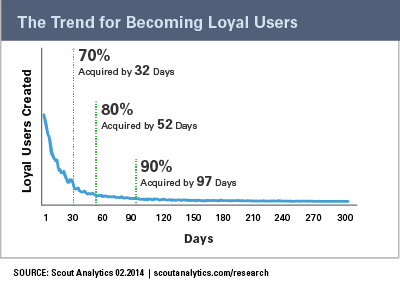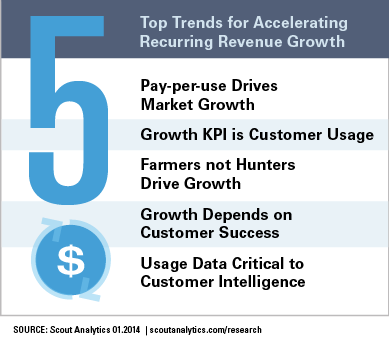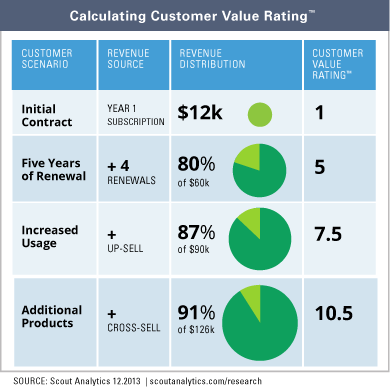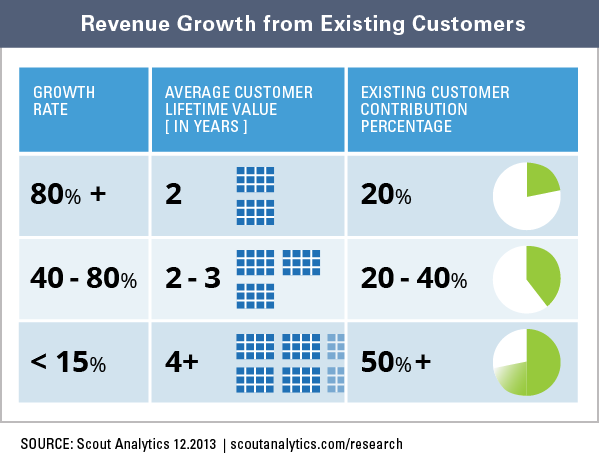
Consider the first ninety days of a customer’s subscription. How much customer success can you predict based on that period? How much renewal risk gets created? More than you might think, as it turns out. In the subscription economy, renewal revenues are driven by customer usage. For example, if a customer overestimated their needs initially and purchased too many users (or some other measure of use), they’ll want to course correct at renewal time and get in line with their actual historic use. So why are the first ninety days so critical to customer success and renewal revenues? The answer is simple: user adoption equates to higher renewal revenues, and most loyal users are created in the first ninety days. […]









